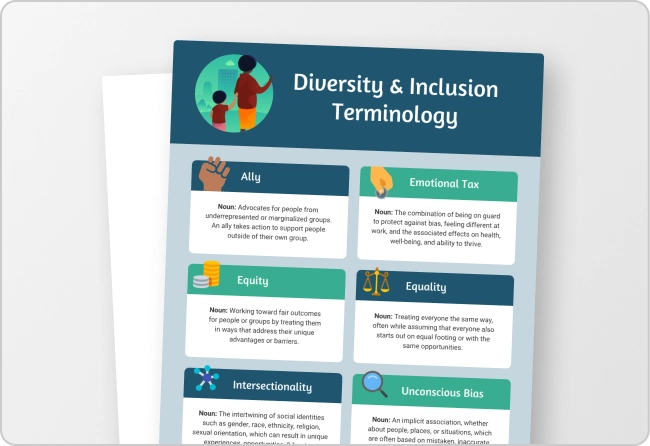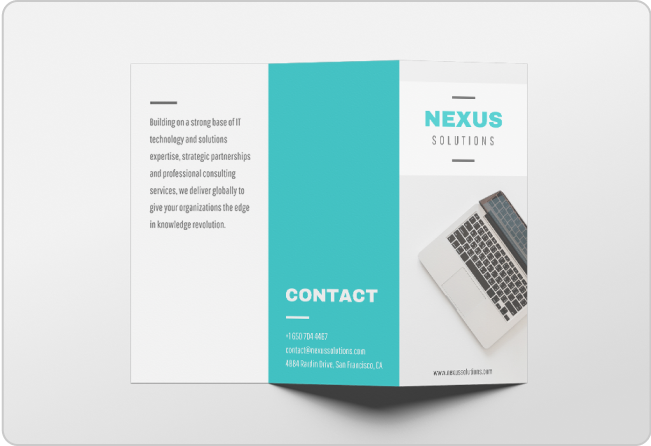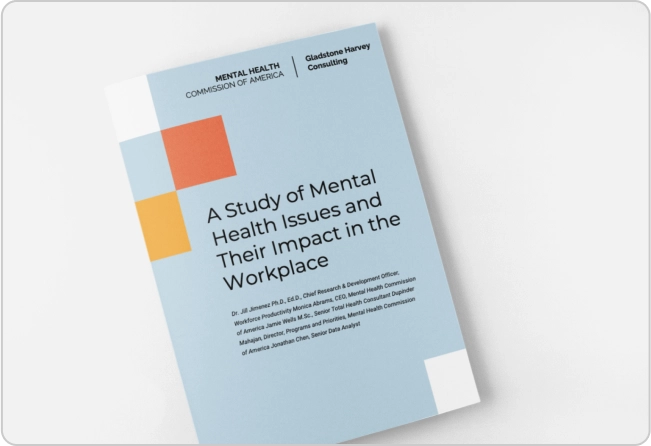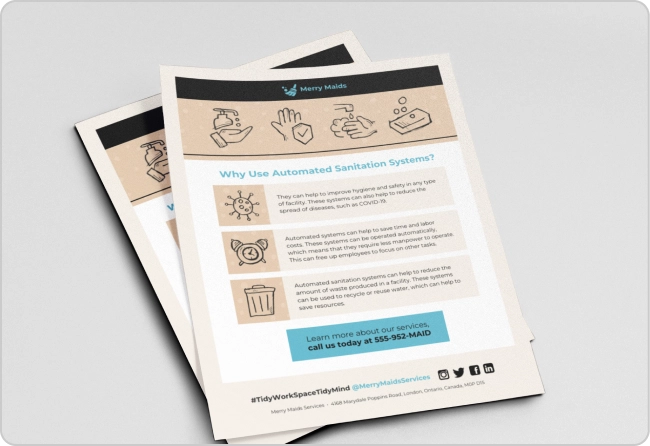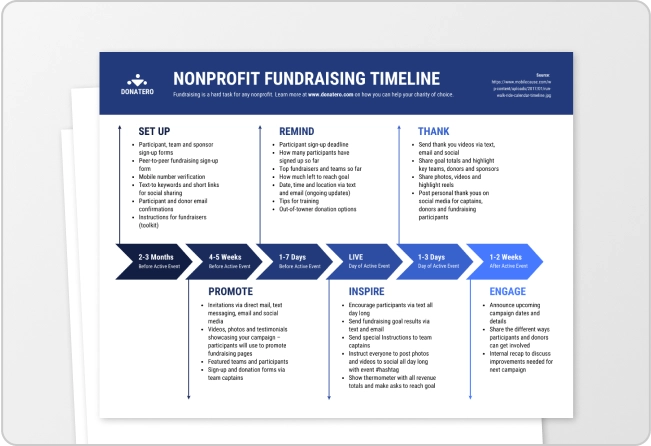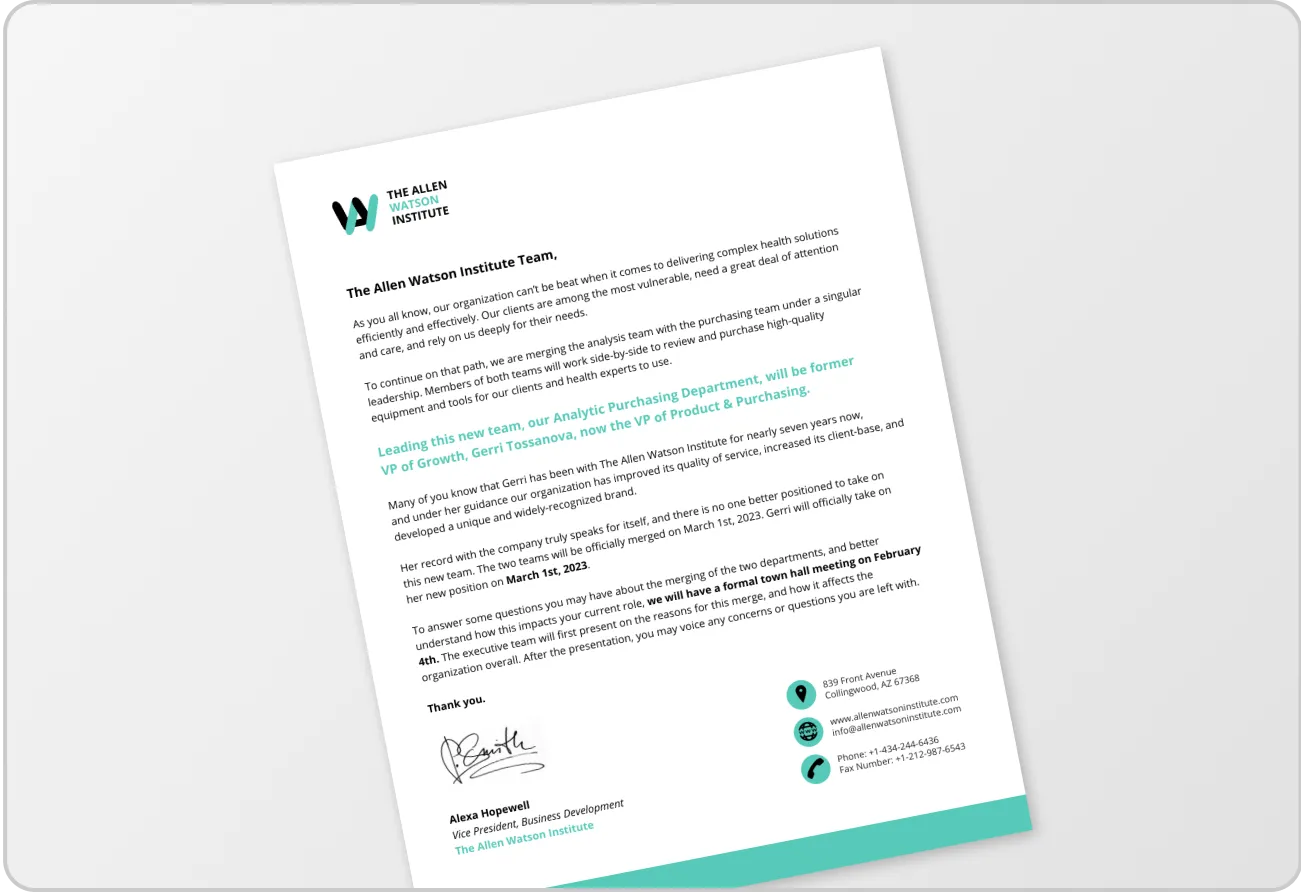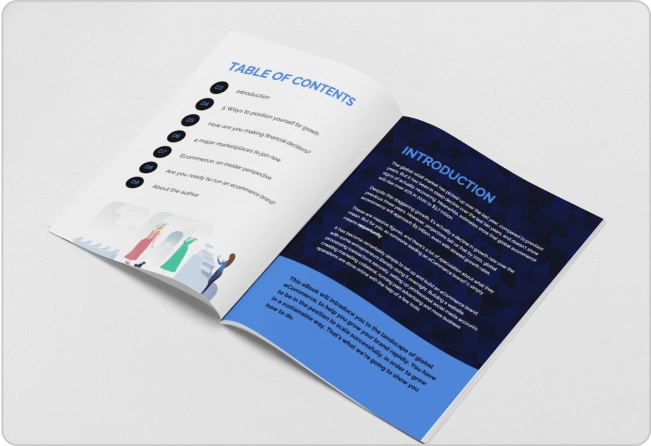A few weeks ago, I did an email interview with Media Shower on infographics for their Expert Interview series. A week later, I did a similar interview with a youth online magazine called A Quarter Young. As I was typing down the answers, it occurred to me that these questions were probably the same questions a lot of our users would ask. So I’m reprinting parts of the interviews with additional questions I’ve been asked throughout the years, slightly edited to keep it relevant to everyone.
Why do some people hate infographics?
In late 2011 there was an article in The Atlantic famously calling for the Ending of The Infographic Plague. Other publications echoed a similar outcry, such as Gizmodo’s Stop Already with the F**king “Infographics” and VentureBeat calling it outdated and “dead”. This was a time when infographics were beginning to be heavily leveraged by marketers. There was a massive spike in the publication of infographics. Of course, some of these infographics were click baity. Some were outright horrible. But calling for the end of the entire content form was, in my mind, elitist and ridiculous. That’s like calling for the end of blogging because there are so many terrible blog articles out there. Or asking people not to post photos because the majority of people aren’t professional photographers.
You can find similar criticism with people complaining about Linkedin Pulse articles, Buzzfeed quizzes, the over-saturation of social media posts, and just about any new content form. In fact, this is the natural life cycle of any content medium. A new type of content goes from being innovative to being over-saturated and hated. Eventually, the content form retains value and resurrects. This is basically what happened with infographics.
Are infographics still relevant? Who uses them now?
Yes. Very much so. But the reality is, the debate on the relevance of infographics is a silly one. Infographics, in its many forms, have been around for centuries. Since the dawn of civilization, visualizing data and information has been an indispensable form of communication. From the first maps of 6200BC to the first modern charts from the late 18th century, humans have been trying to capture information and tell stories in a visual and simple manner.
Everyone uses infographics now. Big companies do – Google, Salesforce and Linkedin regularly publish infographics. Small companies do – Venngage’s thousands of paid customers mostly fall into this category, from local restaurants to personal coaches. Startups. Y Combinator, and other venture capital funds. Nonprofits and universities. The White House and the President of the United States. Big publishers. People in love. Even school children are into it. There is no question now that infographics have become a powerful and ubiquitous form of visual storytelling.
What do you wish more people know about the creation and publication of infographics?
That people sometimes think that they can achieve marketing success from one attempt. They publish one infographic and then get disappointed it didn’t get picked up by Mashable or go viral and then give up. That’s like thinking you’ll be a popular blogger from writing one article.
Like any other content form, creating and publishing infographics needs to be done consistently. It’s a craft that should be practiced and honed. Once you get good at creating infographics, you’ll see that it’s one of the most popular content forms out there.
Your website speaks about the importance of infographics. At a time when search engine algorithms are changing to push out keyword stuffing websites, can you tell us a bit about how infographics add value to articles and sites?
Infographics work great for both pushing your content and for SEO. It works great as a way of summarizing a long form article or as a visual complement that can be shared on social media. Some social sites like Pinterest are entirely image based, and having infographics as a “teaser” to our blog article or other content works well. We did some research on infographics on Pinterest recently, and found them to be really effective in driving engagement and traffic.
Infographics are, hands down, the most engaging type of content on the web. A study from SlideShare found that infographics are “liked” 23x more than other document types on social media.
What are some things you should never do on an infographic?
There are quite a few things. But I would say the #1 mistake people make when it comes to infographic is to overly focus on their data instead of focusing on the story they want to tell. Your goal isn’t to do a data dump with infographics. Your goal is to tell a compelling story.
What do you think all businesses need to know about infographics?
That it is still early days for infographics and that they work really well. And I’m not just saying this because we happen to make an infographic tool. We actually use infographics for our own marketing. Every day. Among all the other content types (including paid ones like advertising), infographics are still our top performing content type.
If you have any other questions please send them to me at eugene@venngage.one or add a comment below. I’ll do a follow up “Ask me Anything” post with all your questions.





























